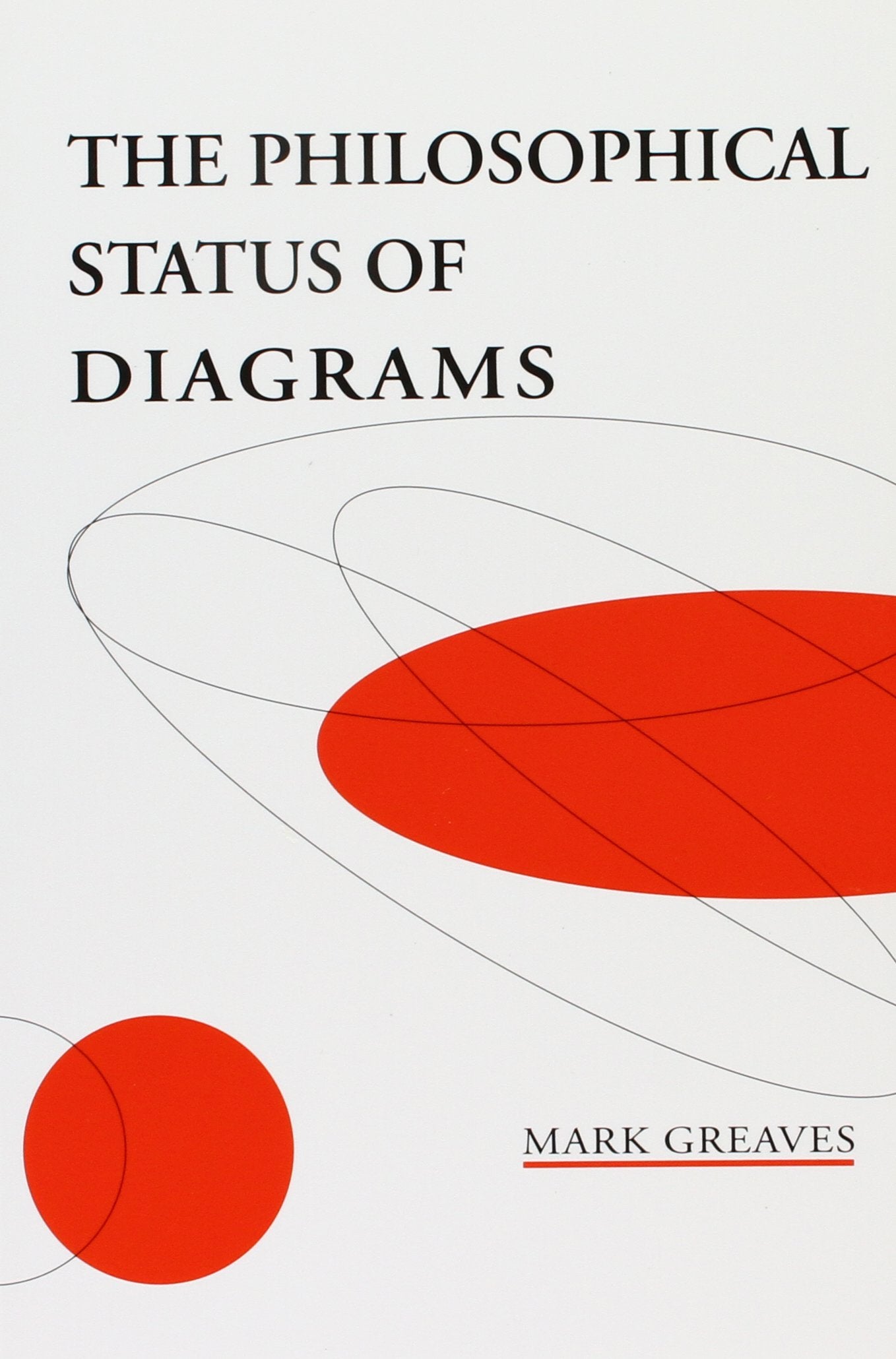
Title

The Philosophical Status of Diagrams (Volume 116) (Lecture Notes),New
Delivery time: 8-12 business days (International)
The use of diagrams in logic and geometry has encountered resistance in recent years. For a proof to be valid in geometry, it must not rely on the graphical properties of a diagram. In logic, the teaching of proofs depends on sentenial representations, ideas formed as natural language sentences such as 'If A is true and B is true....' No serious formal proof system is based on diagrams.This book explores the reasons why structured graphics have been largely ignored in contemporary formal theories of axiomatic systems. In particular, it elucidates the systematic forces in the intellectual history of mathematics which have driven the adoption of sentential representational styles over diagrammatic ones. In this book, the effects of historical forces on the evolution of diagrammaticallybased systems of inference in logic and geometry are traced from antiquity to the early twentiethcentury work of David Hilbert. From this exploration emerges an understanding that the present negative attitudes towards the use of diagrams in logic and geometry owe more to implicit appeals to their history and philosophical background than to any technical incompatibility with modern theories of logical systems.
By changing our most important processes and
products, we have already made a big leap forward. This ranges from the
increased use of more sustainable fibers to the use of more
environmentally friendly printing processes to the development of
efficient waste management in our value chain.
⚠️ WARNING (California Proposition 65):
This product may contain chemicals known to the State of California to cause cancer, birth defects, or other reproductive harm.
For more information, please visit www.P65Warnings.ca.gov.
Shipping & Returns
Shipping
We ship your order within 2–3 business days for USA deliveries and 5–8 business days for international shipments. Once your package has been dispatched from our warehouse, you'll receive an email confirmation with a tracking number, allowing you to track the status of your delivery.
Returns
To facilitate a smooth return process, a Return Authorization (RA) Number is required for all returns. Returns without a valid RA number will be declined and may incur additional fees. You can request an RA number within 15 days of the original delivery date. For more details, please refer to our Return & Refund Policy page.
Shipping & Returns
Shipping
We ship your order within 2–3 business days for USA deliveries and 5–8 business days for international shipments. Once your package has been dispatched from our warehouse, you'll receive an email confirmation with a tracking number, allowing you to track the status of your delivery.
Returns
To facilitate a smooth return process, a Return Authorization (RA) Number is required for all returns. Returns without a valid RA number will be declined and may incur additional fees. You can request an RA number within 15 days of the original delivery date. For more details, please refer to our Return & Refund Policy page.
Warranty
We provide a 2-year limited warranty, from the date of purchase for all our products.
If you believe you have received a defective product, or are experiencing any problems with your product, please contact us.
This warranty strictly does not cover damages that arose from negligence, misuse, wear and tear, or not in accordance with product instructions (dropping the product, etc.).
Warranty
We provide a 2-year limited warranty, from the date of purchase for all our products.
If you believe you have received a defective product, or are experiencing any problems with your product, please contact us.
This warranty strictly does not cover damages that arose from negligence, misuse, wear and tear, or not in accordance with product instructions (dropping the product, etc.).
Secure Payment
Your payment information is processed securely. We do not store credit card details nor have access to your credit card information.
We accept payments with :
Visa, MasterCard, American Express, Paypal, Shopify Payments, Shop Pay and more.
Secure Payment
Your payment information is processed securely. We do not store credit card details nor have access to your credit card information.
We accept payments with :
Visa, MasterCard, American Express, Paypal, Shopify Payments, Shop Pay and more.
Related Products
You may also like
Frequently Asked Questions
- Q: What is the main focus of 'The Philosophical Status of Diagrams'? A: The book explores the philosophical and historical reasons why diagrams have been largely overlooked in formal theories of logic and geometry, emphasizing the preference for sentential representation in mathematical proofs.
- Q: Who is the author of this book? A: The author of 'The Philosophical Status of Diagrams' is Mark Greaves.
- Q: What is the publication date of this book? A: This book was published on March 1, 2001.
- Q: How many pages does the book contain? A: The book contains a total of 221 pages.
- Q: What is the binding type of this book? A: The book is available in paperback binding.
- Q: Is this book suitable for beginners in logic and geometry? A: While the book addresses complex philosophical ideas, it may be better suited for readers with a foundational understanding of logic and geometry due to its in-depth exploration of historical context.
- Q: What edition of the book is available? A: This book is the 73rd edition.
- Q: Does the book include any diagrams? A: The book discusses the use of diagrams but focuses on their philosophical status rather than providing a collection of diagrams.
- Q: What category does this book fall under? A: The book is categorized under Linguistics.
- Q: What are the main themes discussed in the book? A: The main themes include the historical evolution of diagrammatic reasoning in logic and geometry and the philosophical implications of using diagrams versus sentential representations.
